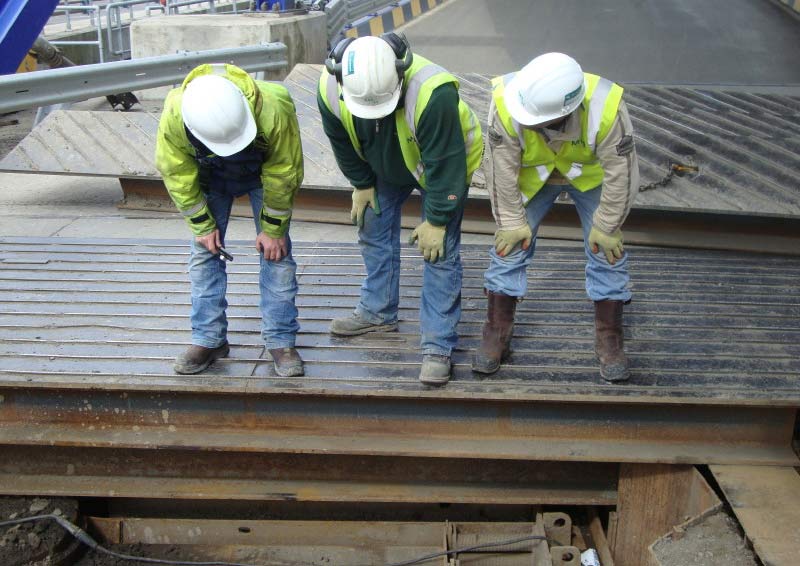Duty in building design and construction
In its most general sense, a duty is a responsibility or obligation to act or perform in a certain way. For example, employees are duty-bound to carry out the tasks and actions required as part of their job.
In terms of economics, the term ‘duty’ refers to a type of tax that is levied by a state. It is often used in the context of customs and taxes on overseas purchases. In relation to property, an estate duty (also known as inheritance tax) is levied on the estate of someone who dies or on the inheritance that someone else receives from someone who dies. This is known informally as a ‘death duty’. Stamp duty land tax (SDLT) is payable on the purchase or transfer of property or land in the UK which has a value above a certain threshold. For more information, see Stamp duty.
In construction, a large number of duties may arise, such as:
- A duty of care to ensure that another party does not suffer unreasonable harm or loss that can arise as a result of contractual obligations and/or the tort of negligence. For more information, see Duty of care.
- There is no general duty to warn in English law, however, there are circumstances in which such a duty can exist. Where there is a contract, a duty to warn may arise in relation to dangers of which a party ought to have been aware. In addition, there may be a limited express duty to point out discrepancies in the contract documents. For more information, see Duty to warn.
- A duty of good faith may arise in international law.
- The duty of an adjudicator to act impartially.
- Obligations of duty holders, such as those arising under the CDM regulations.
- A duty to inform insurers of material facts.
- The Localism Act 2011 placed a legal ‘duty to cooperate’ on local planning authorities.
- Duty to manage asbestos.
The word duty may also be used in relation to the durability or robustness of a product, such as in the phrase 'heavy duty'.
[edit] Related articles on Designing Buildings
Featured articles and news
One of the most impressive Victorian architects. Book review.
RTPI leader to become new CIOB Chief Executive Officer
Dr Victoria Hills MRTPI, FICE to take over after Caroline Gumble’s departure.
Social and affordable housing, a long term plan for delivery
The “Delivering a Decade of Renewal for Social and Affordable Housing” strategy sets out future path.
A change to adoptive architecture
Effects of global weather warming on architectural detailing, material choice and human interaction.
The proposed publicly owned and backed subsidiary of Homes England, to facilitate new homes.
How big is the problem and what can we do to mitigate the effects?
Overheating guidance and tools for building designers
A number of cool guides to help with the heat.
The UK's Modern Industrial Strategy: A 10 year plan
Previous consultation criticism, current key elements and general support with some persisting reservations.
Building Safety Regulator reforms
New roles, new staff and a new fast track service pave the way for a single construction regulator.
Architectural Technologist CPDs and Communications
CIAT CPD… and how you can do it!
Cooling centres and cool spaces
Managing extreme heat in cities by directing the public to places for heat stress relief and water sources.
Winter gardens: A brief history and warm variations
Extending the season with glass in different forms and terms.
Restoring Great Yarmouth's Winter Gardens
Transforming one of the least sustainable constructions imaginable.
Construction Skills Mission Board launch sector drive
Newly formed government and industry collaboration set strategy for recruiting an additional 100,000 construction workers a year.
New Architects Code comes into effect in September 2025
ARB Architects Code of Conduct and Practice available with ongoing consultation regarding guidance.
Welsh Skills Body (Medr) launches ambitious plan
The new skills body brings together funding and regulation of tertiary education and research for the devolved nation.
Paul Gandy FCIOB announced as next CIOB President
Former Tilbury Douglas CEO takes helm.
























Comments
[edit] To make a comment about this article, or to suggest changes, click 'Add a comment' above. Separate your comments from any existing comments by inserting a horizontal line.